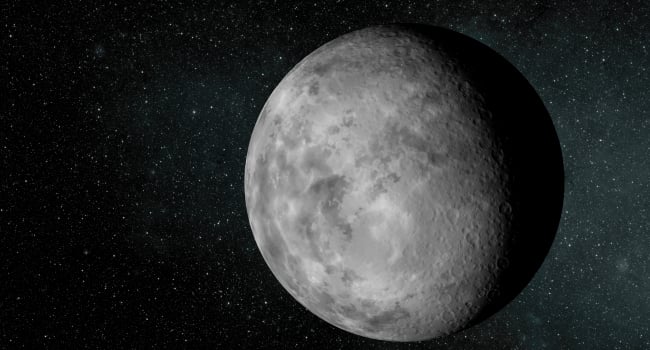
What is the smallest planet and what is known about it?
Earth, by most standards, is considered small in the vastness of the universe. Even the largest planet in our solar system, Jupiter, has the capacity to accommodate over 1,300 Earths within its colossal size. However, Earth doesn't hold the title for the smallest planet in our solar system; that distinction belongs to Mercury, following Pluto's reclassification as a dwarf planet in 2006. But does the universe harbor even smaller planets, and if so, have we identified any?
According to Space.com, predictably, detecting very diminutive exoplanets, or planets orbiting stars beyond our solar system, proves to be an extremely challenging endeavor. Of the ones scientists have managed to observe, Kepler-37b stands out as the smallest. Unearthed in 2013 through data collected by the Kepler space telescope, this exoplanet is smaller than Mercury and roughly comparable in size to Earth's moon.
Thomas Barclay, an astrophysicist at NASA's Goddard Space Flight Center and the primary author of the 2013 paper introducing Kepler-37b, remarked, "We were finding quite a few Earth-sized things, but not very much smaller than that. It was kind of an outlier."
Like all exoplanets identified by the Kepler space telescope, Kepler-37b was detected using the transit method. As these distant planets orbit their respective stars, they transit or pass in front of them, causing a slight dimming of the star's brightness. For stars and planets in a suitable position relative to our solar system, scientists can analyze this dimming effect to not only confirm the existence of a planet but also glean information about its properties, such as its composition, distance from its star, and size.
True to its name, Kepler-37b revolves around the star Kepler-37, situated approximately 209 light-years away from Earth. Although Kepler-37 shares similarities with our sun, being of the same general type but slightly smaller and cooler, it hosts three other planets, none as diminutive as Kepler-37b. To validate the size of Kepler-37, and consequently Kepler-37b, Barclay's team collaborated with colleagues employing asteroseismology, a method analyzing the natural oscillations in a star's brightness.
Kepler-37b is rocky and orbits its star much closer than Earth or even Mercury does to the sun, completing an orbit in just 13.4 Earth days. Similar to Mercury, it likely possesses a harsh surface and lacks an atmosphere.
However, the classification of Kepler-37b as a planet raises questions. It deviates significantly from the planets in our solar system. The definition of a planet, as per the International Astronomical Union, requires orbiting a star, being sufficiently large to adopt a spherical shape, and clearing its orbit and surrounding area of comparable-sized objects.
Determining these factors for exoplanets, including Kepler-37b, can be challenging, especially regarding clearing debris from its orbit. Barclay acknowledged this difficulty but emphasized, "It's big enough, and has enough gravity; it's close enough to its star that it would clear out an area of influence. So it certainly would be considered a planet by any definition."
While Kepler-37b has held the title of the "smallest planet" for over a decade, Barclay anticipates that this designation may not endure indefinitely. With the retirement of the Kepler space telescope in 2018, scientists are exploring new methods of exoplanet discovery, including the upcoming Nancy Grace Roman Space Telescope, scheduled for launch by May 2027.
- Related News
- Wheel of Death: new method will help astronauts stay fit in low gravity
- Due to anomalies of Orion spacecraft, lunar exploration program may be delayed for years։ NASA
- TAO Observatory: World's highest telescope to study evolution of galaxies and exoplanets
- Powerful M9.5 solar flare causes radio blackout in Pacific Ocean
- What will happen to the Earth if the Moon disappears?
- Key to conquering the Red Planet: Why is NASA studying solar storms on Mars?
- Most read
month
week
day
- Digital Julfa Network is launching a pan-Armenian centre in the metaverse, on the Fastexverse virtual platform 994
- Xiaomi unveils exclusive Redmi Note 13 Pro+ dedicated to Messi and Argentina national team 874
- Sparkles: Boston Dynamics unveils a furry robot dog that can dance (video) 834
- Is there a ninth planet in the solar system? Scientists find new evidence 702
- What will happen to the Earth if the Moon disappears? 691
- Internet 500 times faster than 5G tested in Japan: It allows to transfer five movies in HD resolution in one second 679
- Smartphone catches fire in child's hand in Russia 677
- iPhone 16 may get colored matte glass back panel, 7 colors 671
- How to understand how protected a smartphone is from water and dust? 669
- World's largest 3D printer was created in USL It prints 29 meter-long structures 656
- Archive
